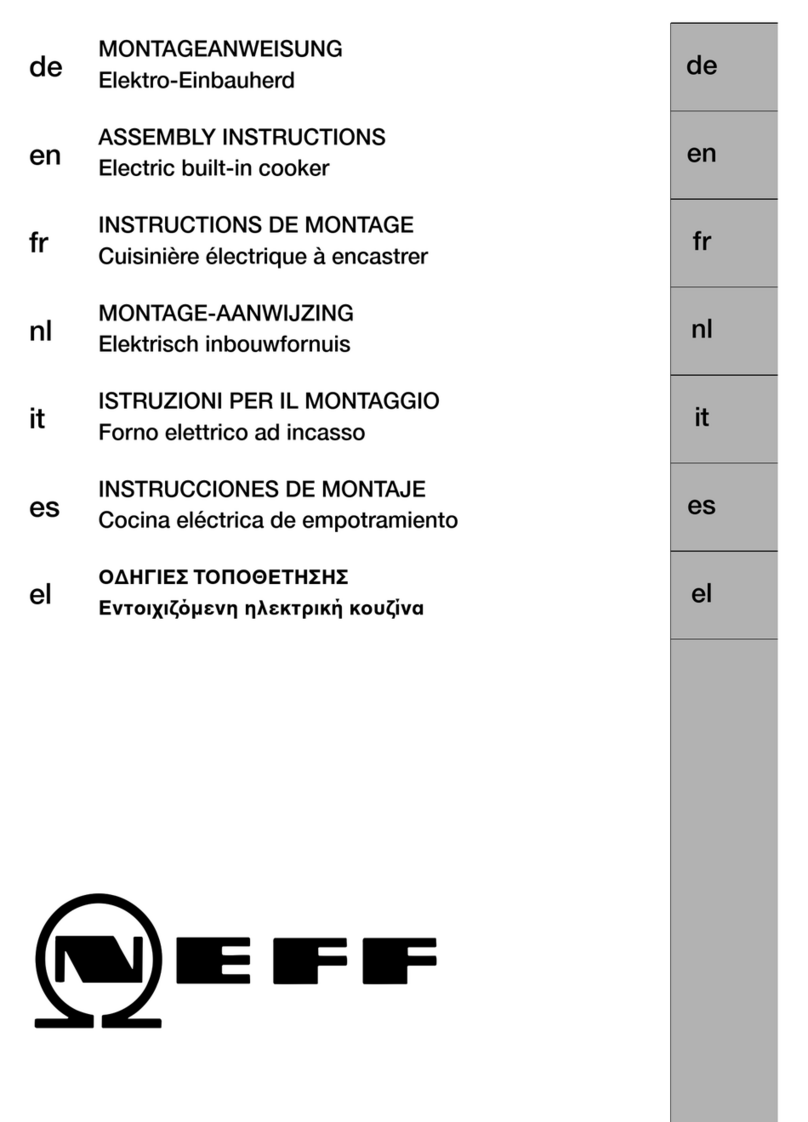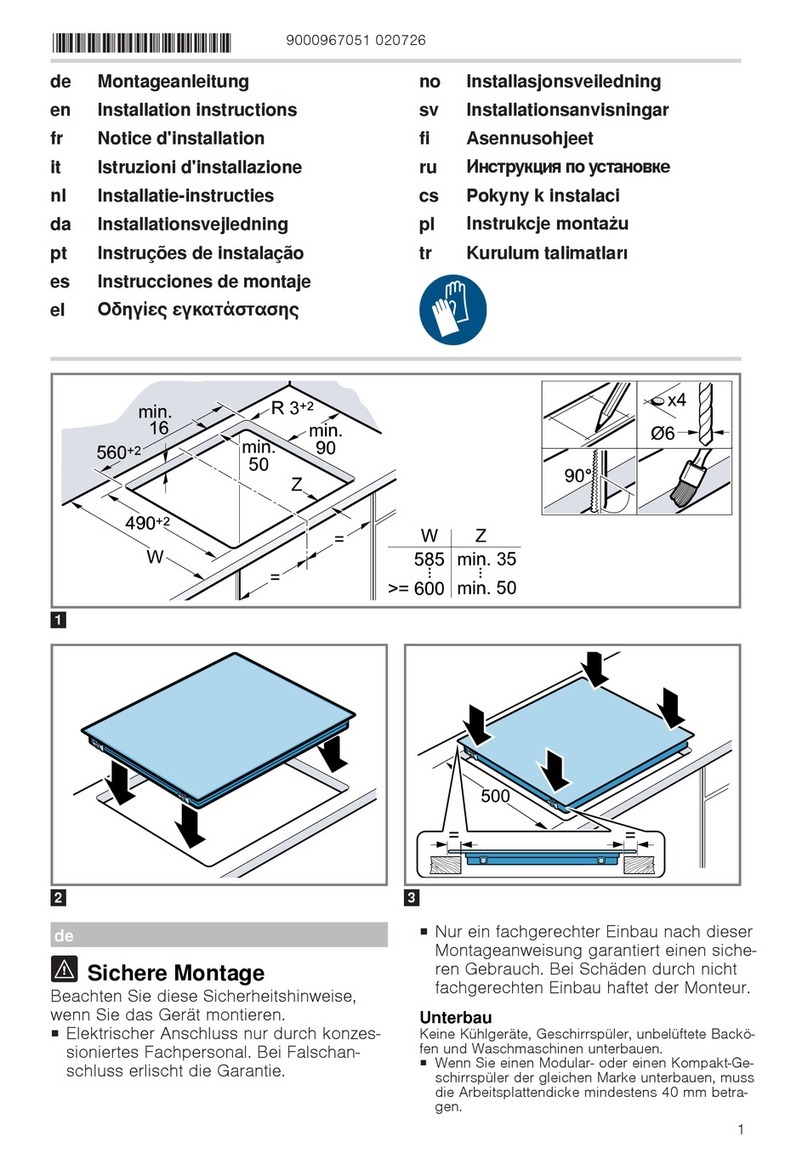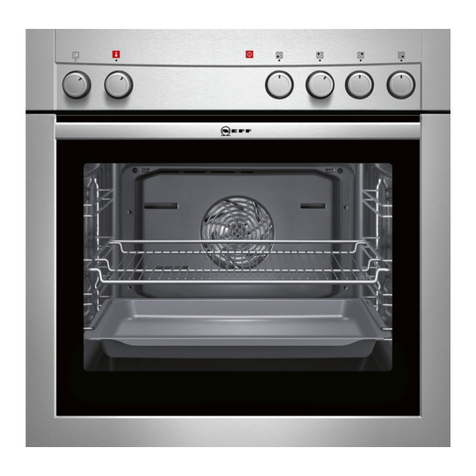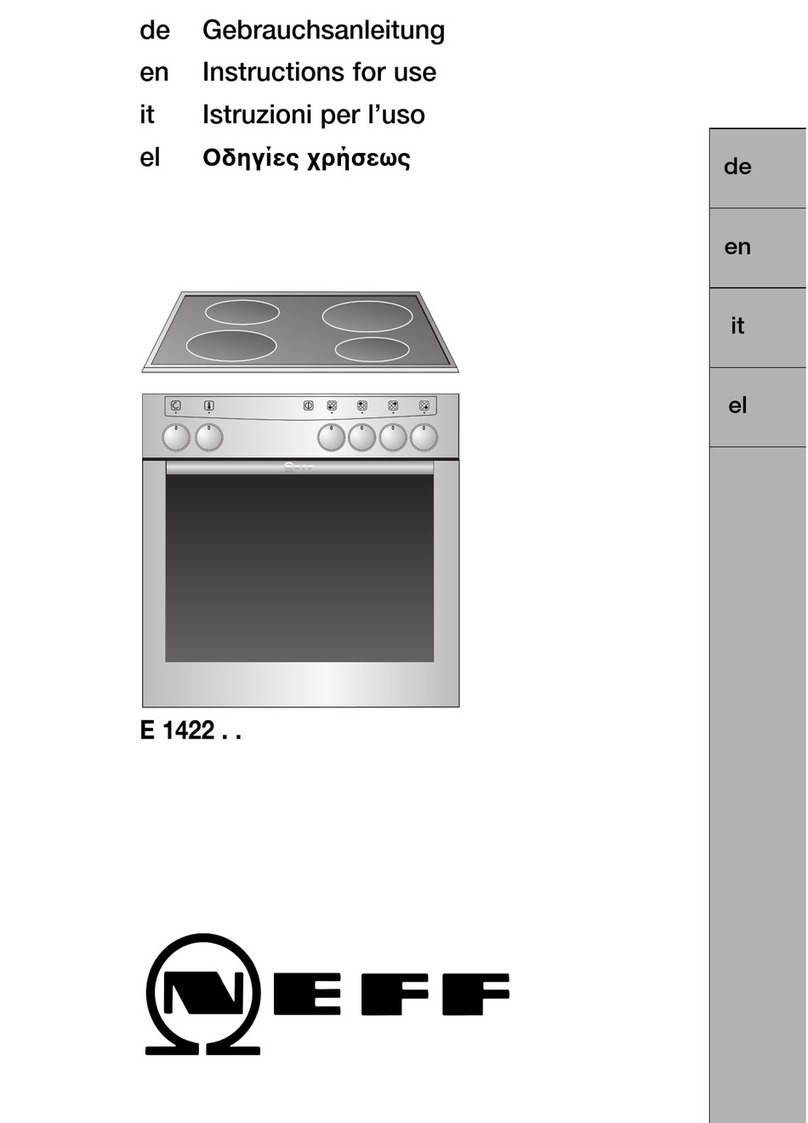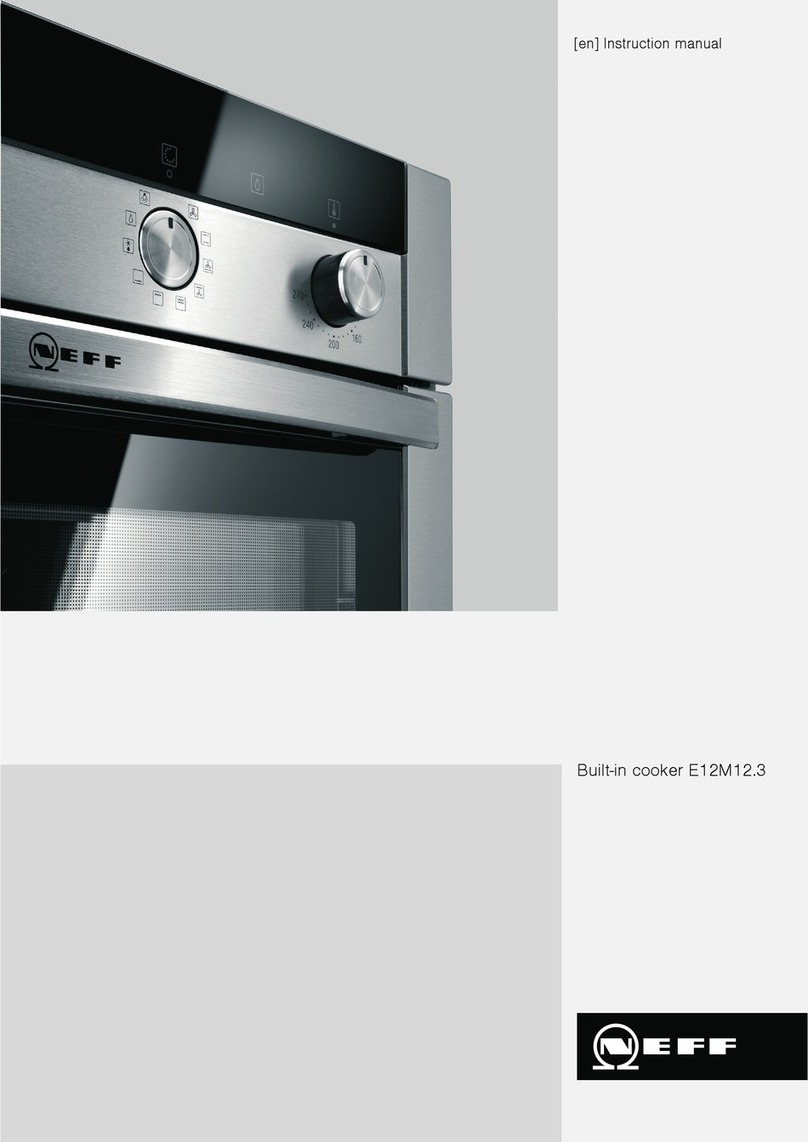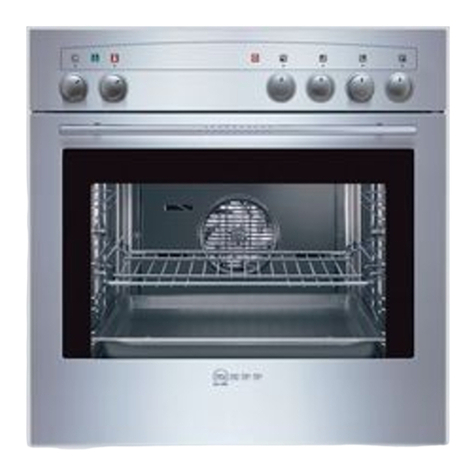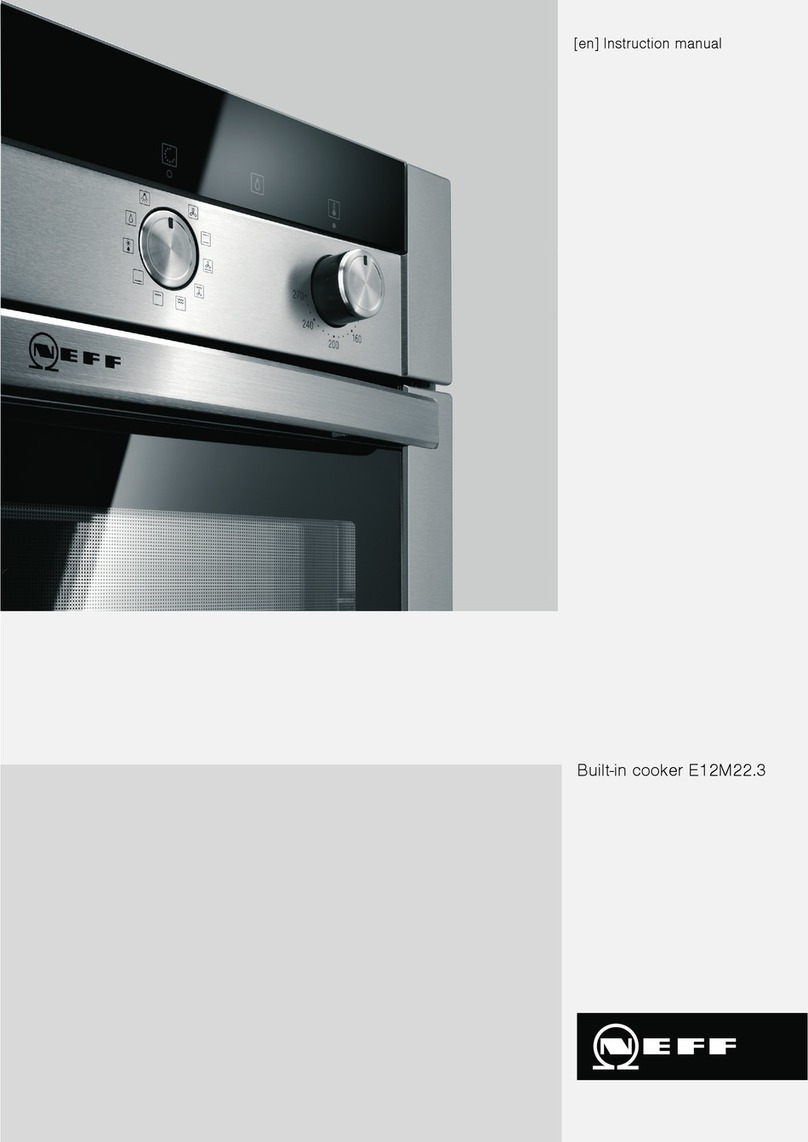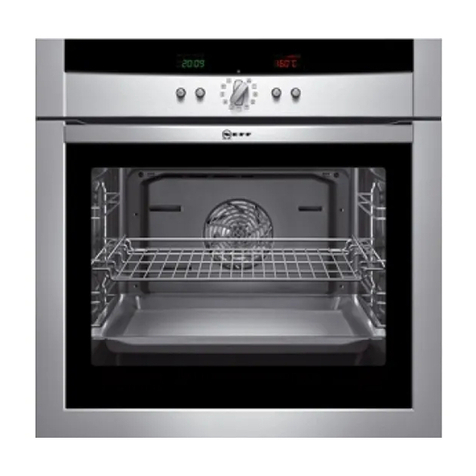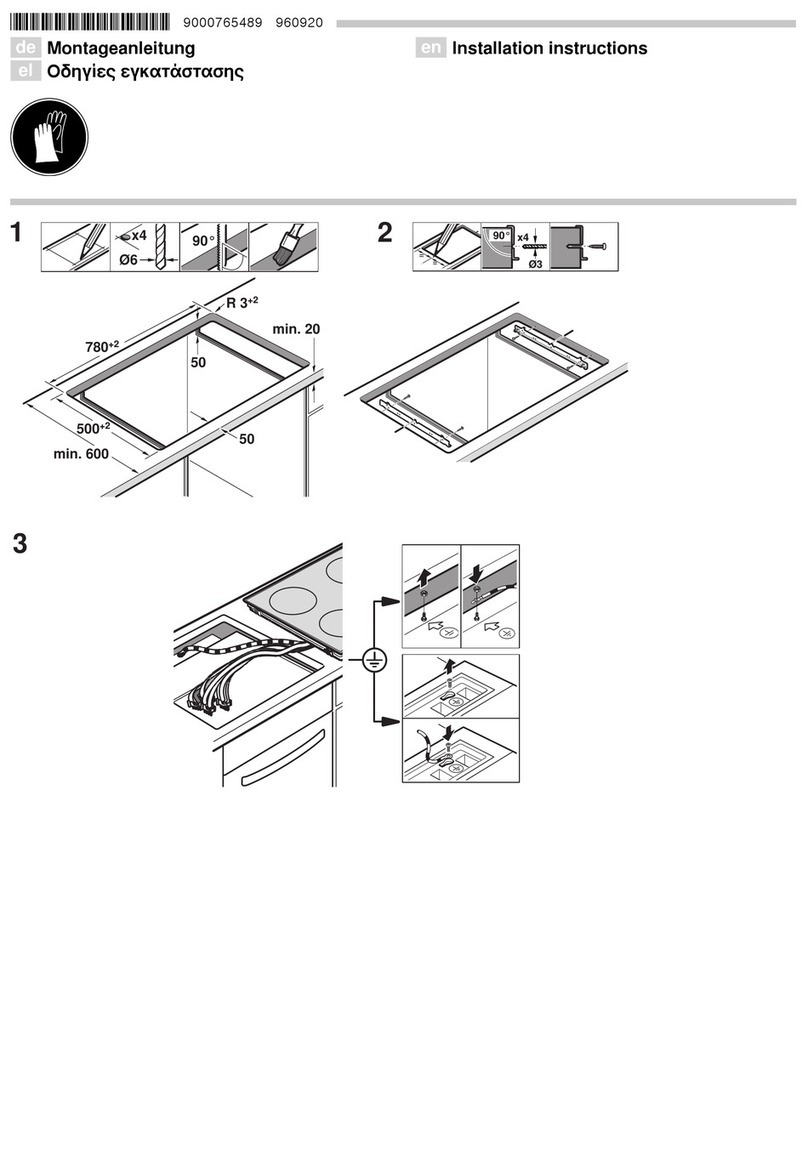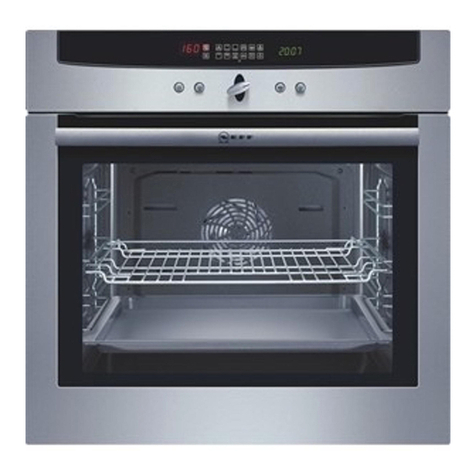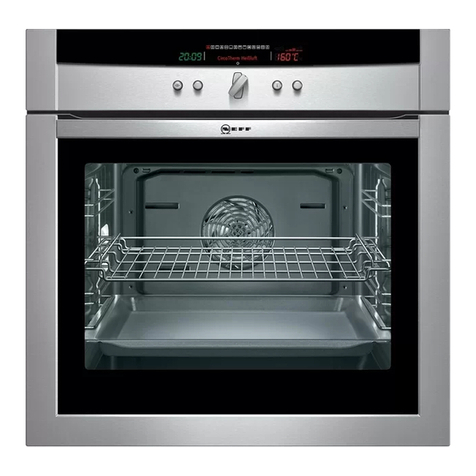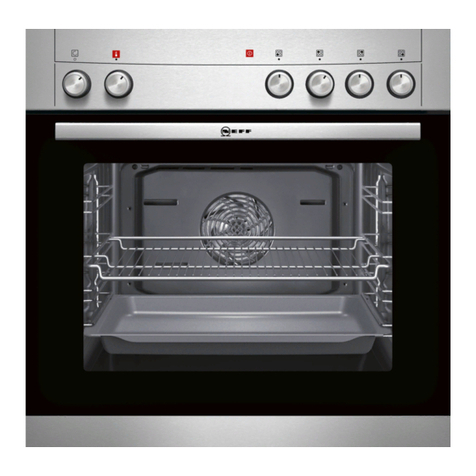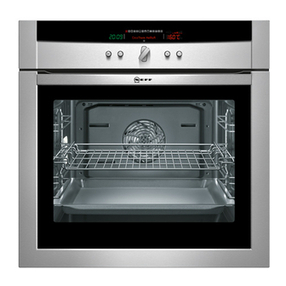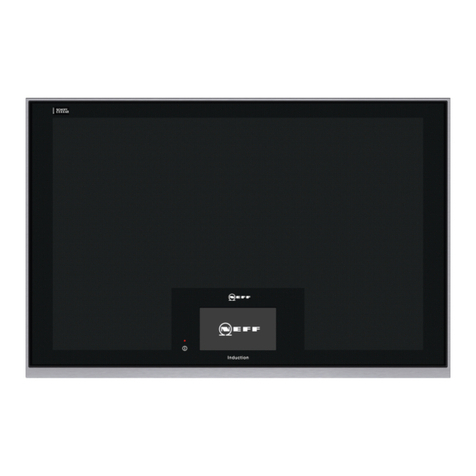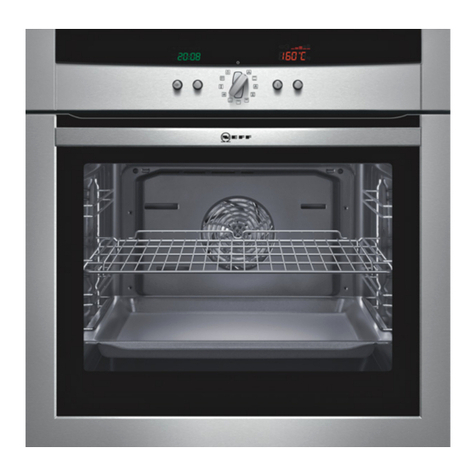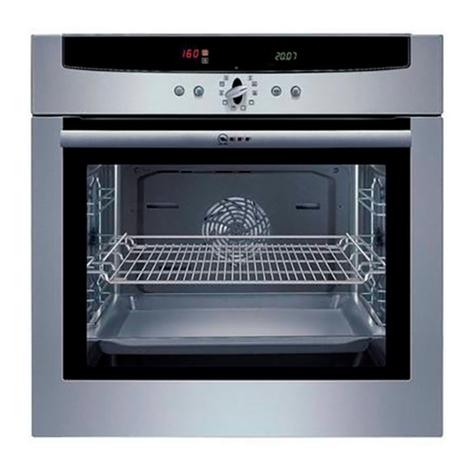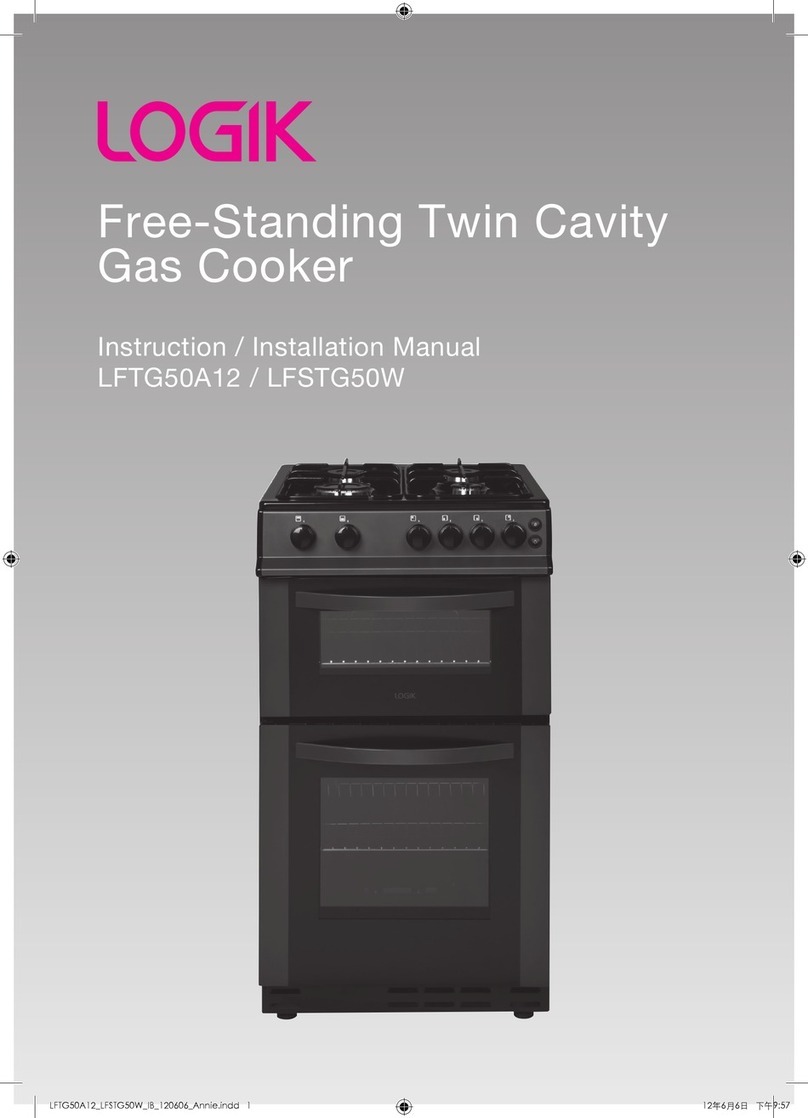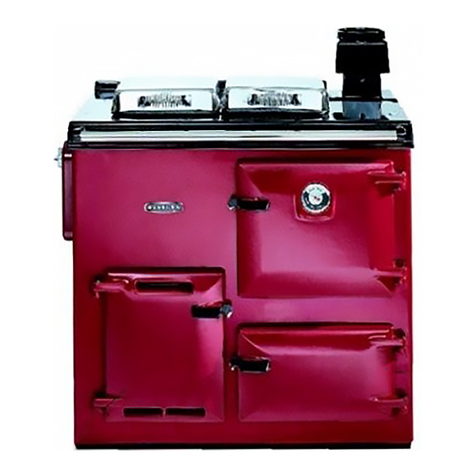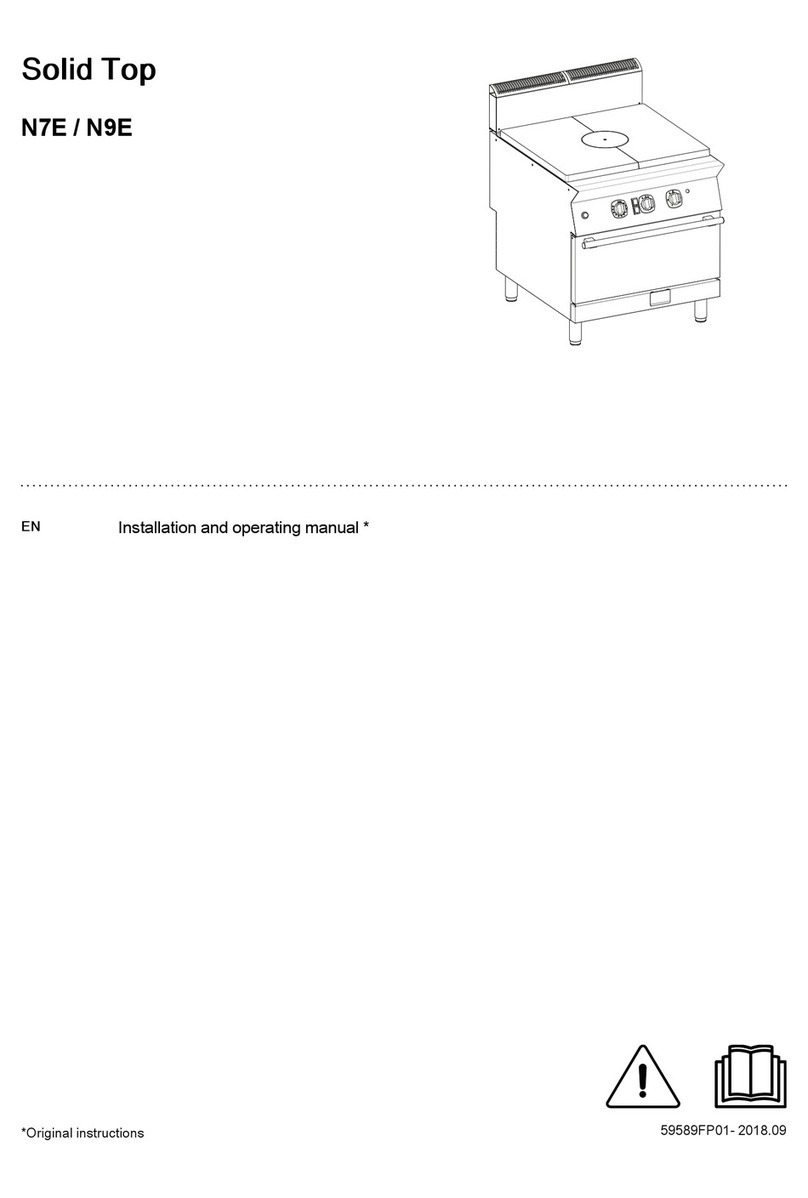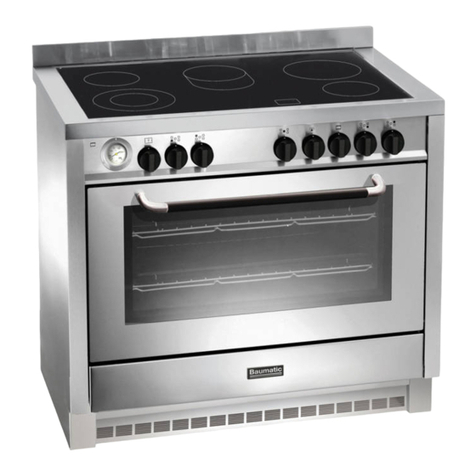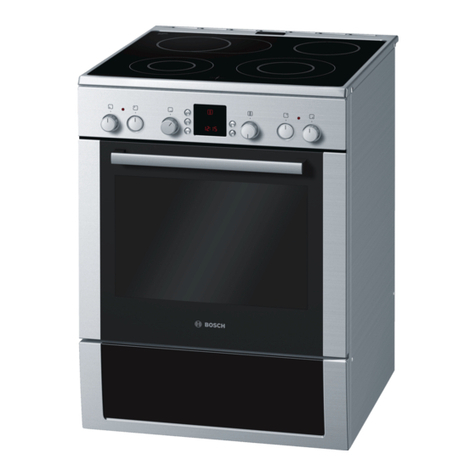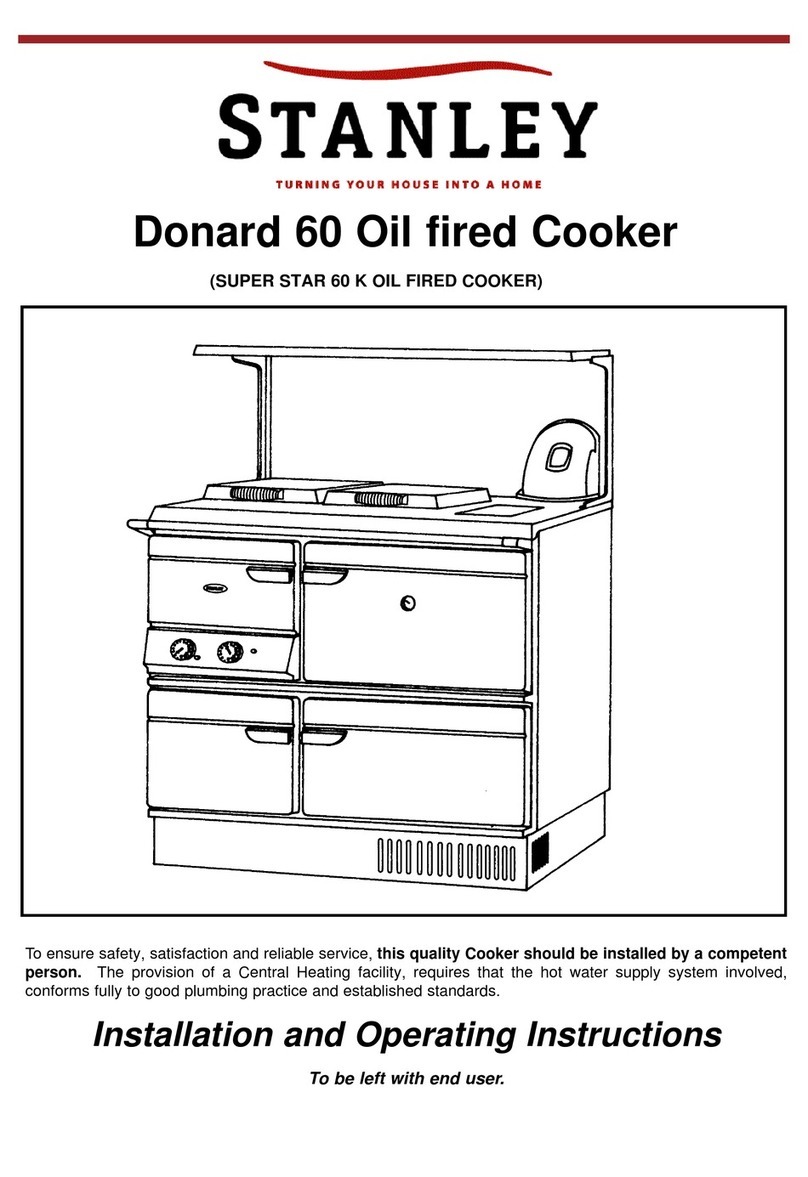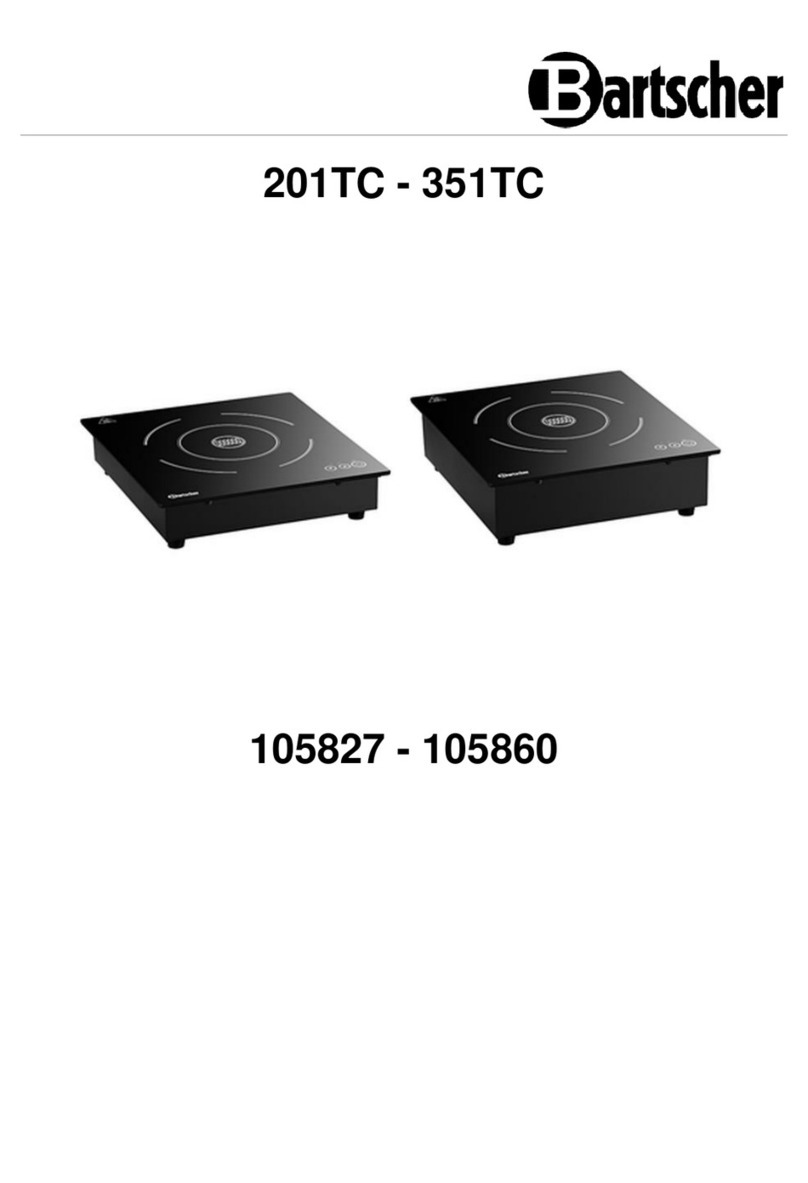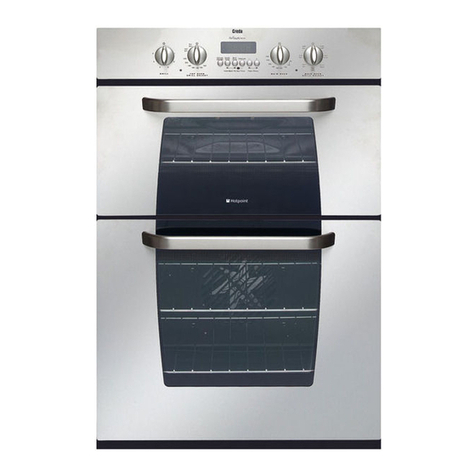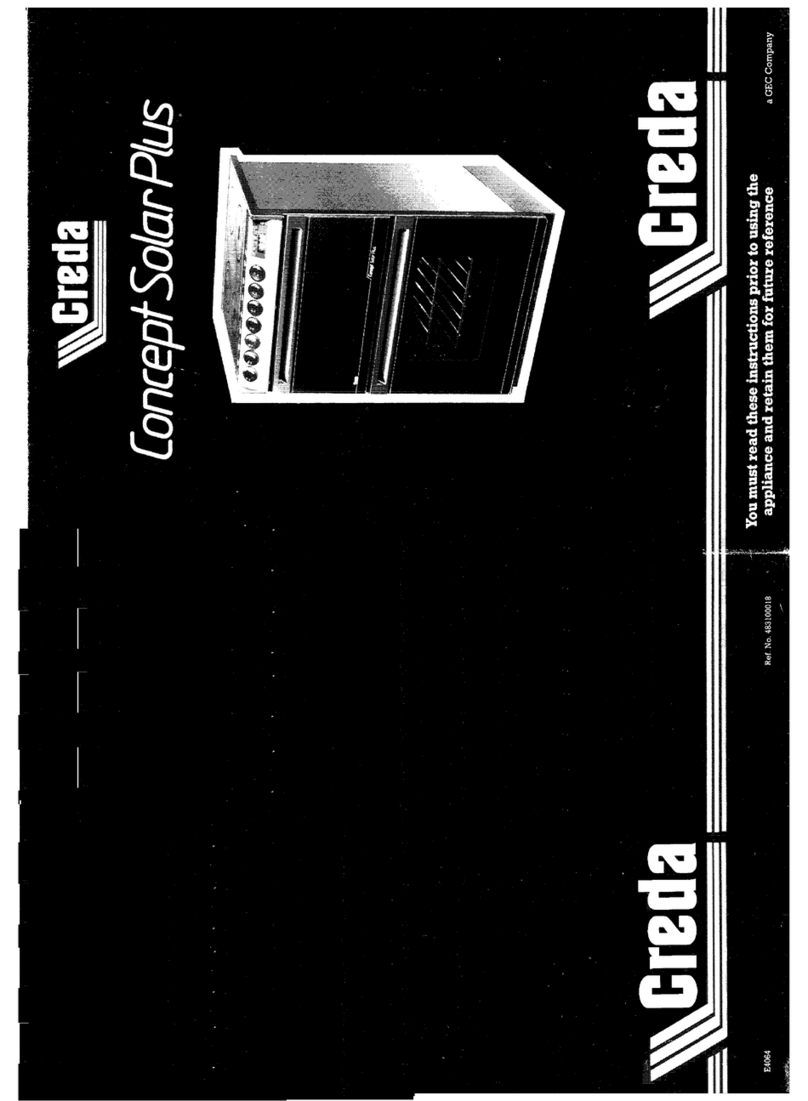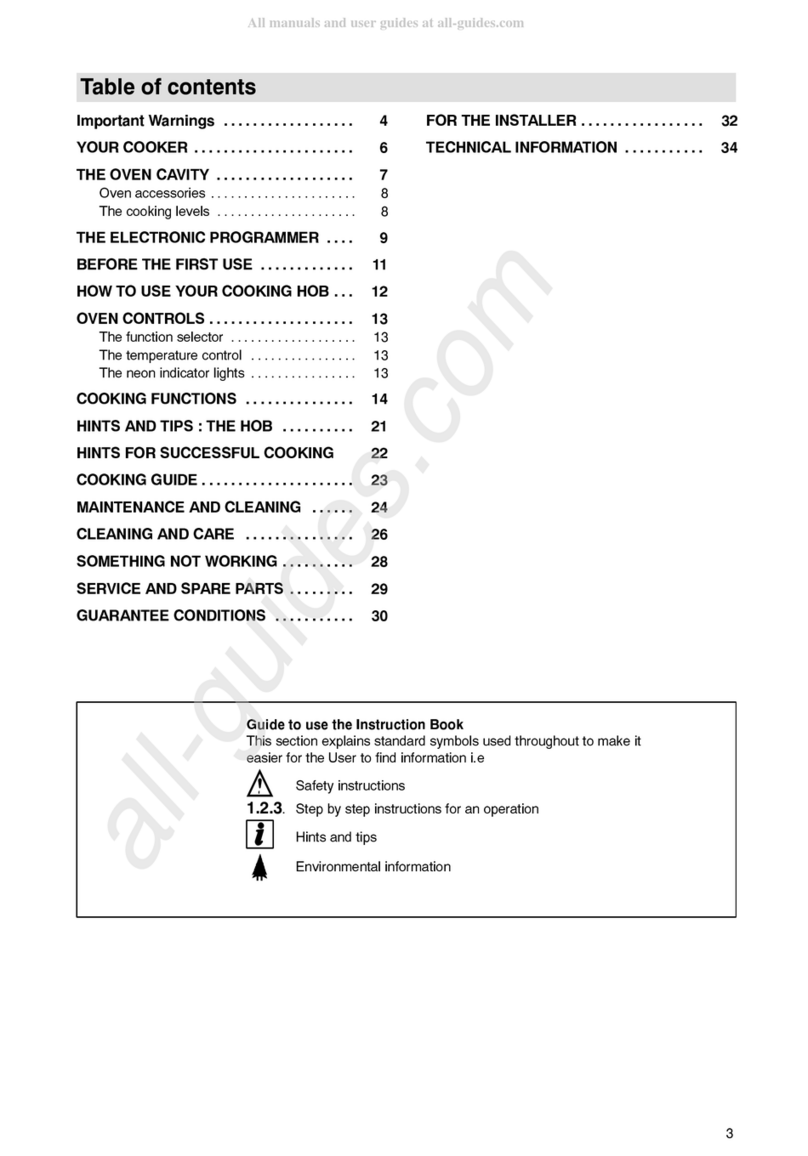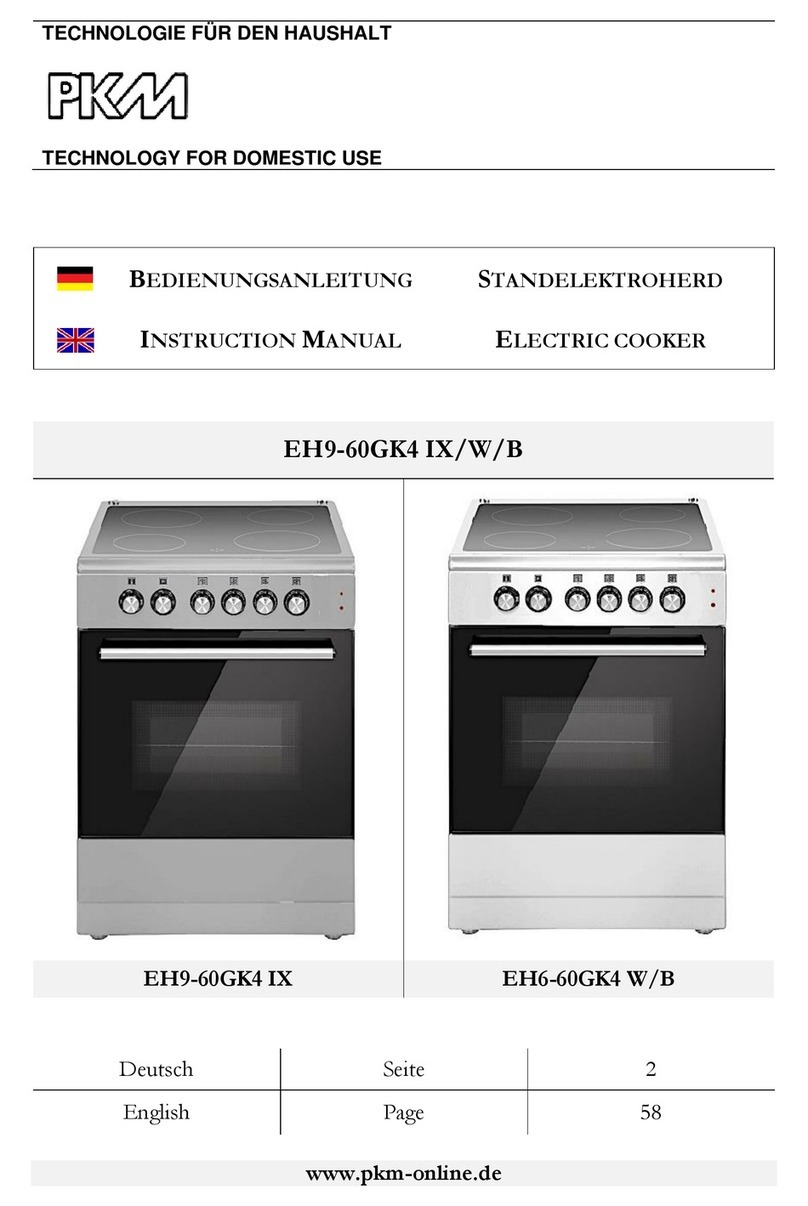
2
ÚTable of contents
[en]Instructionmanual
Safety precautions..................................................................... 3
Before installation ...............................................................................3
Safety notes .........................................................................................3
Causes of damage .............................................................................3
Energy and environment tips ................................................... 4
Saving energy......................................................................................4
Environmentally-friendly disposal.....................................................4
Your new appliance ................................................................... 4
Control panel .......................................................................................4
Operating modes................................................................................5
Shelf positions .....................................................................................5
NeffLight® ............................................................................................6
Accessories .........................................................................................6
Before using the appliance for the first time........................... 6
Setting the language ..........................................................................6
Setting the clock .................................................................................7
Cleaning the appliance......................................................................7
Operating the appliance............................................................ 7
Switching on the appliance...............................................................7
Switching off the appliance...............................................................8
Changing the basic settings.............................................................8
Automatic safety cut-out ....................................................................8
Switching the hob on and off ...........................................................8
Electronic clock ......................................................................... 9
Clock display .......................................................................................9
Timer .....................................................................................................9
Cooking time .................................................................................... 10
End of operation .............................................................................. 10
Preset operation............................................................................... 10
Setting the clock .............................................................................. 10
Rapid heat up................................................................................... 11
Checking, correcting or deleting settings ................................... 11
Childproof lock......................................................................... 11
Lock.................................................................................................... 11
Permanent lock ................................................................................ 11
Baking....................................................................................... 12
Baking in tins and on trays ............................................................ 12
Baking on two or more levels ....................................................... 12
Baking table for basic doughs/cake mixtures ........................... 12
Bread-baking .................................................................................... 13
Baking table for fresh meals and frozen convenience products
............................................................................................................. 14
Tips and tricks .................................................................................. 15
Roasting.................................................................................... 16
Open roasting................................................................................... 16
Roasting with a lid ........................................................................... 16
Roasting table .................................................................................. 16
Tips and tricks .................................................................................. 17
Grilling ...................................................................................... 18
Circo-roasting ................................................................................... 18
Radiant grilling ................................................................................. 18
CircoTherm eco........................................................................ 20
Steam cooking ......................................................................... 21
Dough proving ......................................................................... 21
Yeast dough...................................................................................... 21
Yoghurt .............................................................................................. 21
Low-temperature cooking........................................................22
Using Low-temperature cooking................................................... 22
Table for Low-temperature cooking ............................................. 22
Tips and tricks.................................................................................. 22
Defrosting..................................................................................23
Preserve ....................................................................................23
Cleaning and care.....................................................................24
Cleaning the appliance exterior .................................................... 24
Cleaning the cooking compartment............................................. 24
Self-cleaning surface....................................................................... 25
EasyClean®...................................................................................... 25
Removing and fitting the appliance door.................................... 25
Cleaning the door panels............................................................... 26
Cleaning the cooking compartment ceiling................................ 27
Cleaning the hook-in racks............................................................ 27
Cleaning the telescopic shelves ................................................... 27
Faults and repairs.....................................................................27
Replacing the oven light bulb ....................................................... 28
Changing the halogen bulbs (NeffLight®).................................. 29
Changing the door seal.................................................................. 29
After-sales service....................................................................29
E number and FD number ............................................................. 29
Test dishes ................................................................................30
Produktinfo
Additional information on products, accessories, replacement
parts and services can be found at www.neff-
international.com and in the online shop www.neff-
eshop.com
